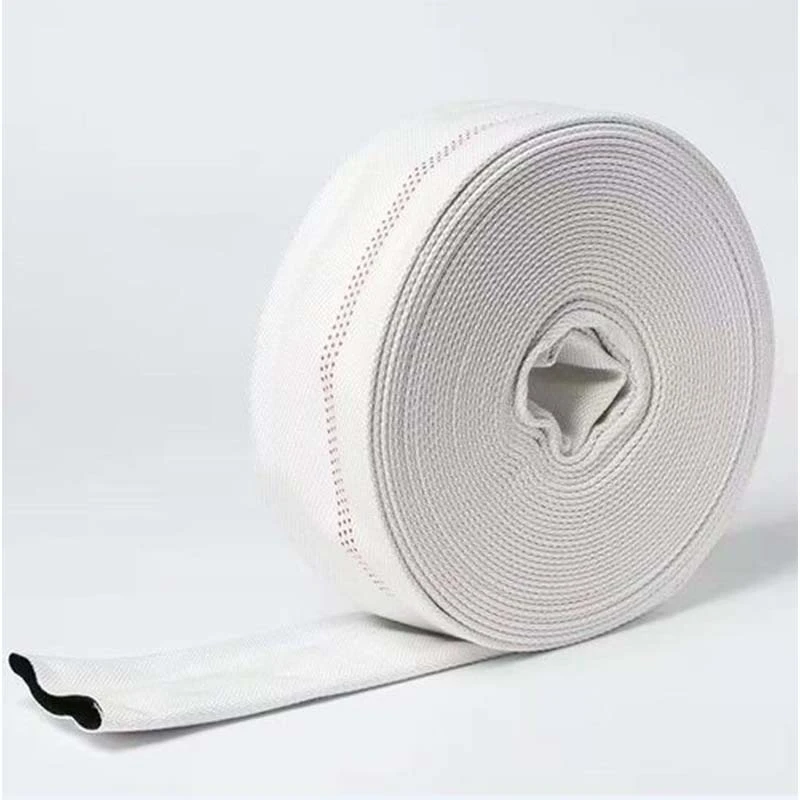Choosing the Right Size for PVC Hose Applications and Projects
Understanding PVC Hose Sizes A Complete Guide
Polyvinyl chloride (PVC) hoses are a popular choice in various industries due to their versatility, durability, and cost-effectiveness. When selecting a PVC hose for a specific application, understanding the different sizes and specifications is crucial to ensure optimal performance. In this article, we will delve into the intricacies of PVC hose sizes, their dimensions, and how to choose the right one for your needs.
What is PVC Hose?
PVC hose is made from polyvinyl chloride, a synthetic plastic polymer. These hoses come in various forms and grades, making them suitable for numerous applications, including irrigation, construction, industrial processes, and residential use. The flexibility, lightweight nature, and resistance to chemicals and weather conditions make PVC hoses an excellent choice across diverse sectors.
PVC Hose Size Specifications
When discussing the size of PVC hoses, several parameters come into play
1. Inner Diameter (ID) This refers to the internal width of the hose. The ID is significant because it determines the flow capacity of the fluid passing through the hose. Common inner diameters range from a few millimeters to several inches, depending on the application.
2. Outer Diameter (OD) The outer diameter measures the total width of the hose, including the material. This measurement is essential when considering the fitting connections and the compatibility with other components in a plumbing system.
3. Wall Thickness The wall thickness impacts the hose's durability and its ability to withstand pressure. Thicker walls generally provide better resistance to abrasion, kinking, and bursting under high pressure.
4. Length PVC hoses are available in various lengths, catering to different installation requirements. Custom lengths are often available for specialized applications.
5. Bend Radius This is the minimum curve that a hose can handling without kinking. A smaller bend radius may restrict the flow and lead to increased wear and tear over time.
pvc hose size

Choosing the Right Size
Selecting the appropriate size of a PVC hose is pivotal for efficiency and safety. Here are some guidelines to help you make the right choice
1. Assess Your Application Consider what you will be using the hose for. Different applications may require varying inner and outer diameters. For example, a garden hose might need a larger ID for higher water flow, while a vacuum hose may require a smaller ID for effective suction.
2. Calculate Flow Requirements If you need the hose for fluid transport, calculate the required flow rate. A smaller diameter will restrict flow and generate higher pressure, while a larger diameter can accommodate higher flow rates with lower pressure.
3. Consider the Environment Take into account the conditions where the hose will be used. If exposed to UV rays, extreme temperatures, or harsh chemicals, select a hose with appropriate wall thickness and material compatibility.
4. Check Compatibility with Fittings Ensure that the hose size matches the fittings, connectors, and other equipment you plan to use. Mismatched sizes can lead to leaks and inefficient operation.
5. Look for Industry Standards Many industries have regulations and standard sizes for hoses. It’s wise to check for compliance with local regulations or industry standards to ensure safety and reliability.
Final Thoughts
PVC hoses offer a range of sizes and specifications that cater to a multitude of needs. Understanding the significance of hose sizes is essential not just for achieving maximum efficiency but also for ensuring safety in various applications. Whether you are a homeowner looking to streamline your gardening tasks or an industrial operator requiring specialized equipment, knowing how to choose the right PVC hose size will make all the difference in performance and longevity.
In conclusion, take the time to evaluate your specific requirements, and consult with suppliers or expert resources if necessary. By doing so, you’ll be well-equipped to select the perfect PVC hose that meets your needs, ensuring effective operation and peace of mind.
-
Top Quality Oxy Acetylene Hoses for Sale Fit for Welding DemandsNewsJul.28,2025
-
The Future of Pneumatic Air Tubes in IndustryNewsJul.28,2025
-
Superior and Reliable LPG Hose Pipe Solutions for Every NeedNewsJul.28,2025
-
Exceptionally Durable and Versatile Premium Braided PVC TubingNewsJul.28,2025
-
Best Adapters for Connecting Garden Hose to PVC Pipe ConnectionsNewsJul.28,2025
-
The Essential Role of LPG Hoses in Safe and Efficient Gas DistributionNewsJul.16,2025














